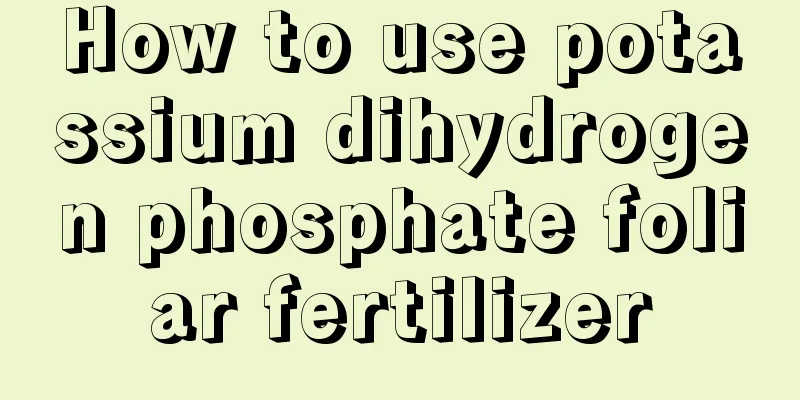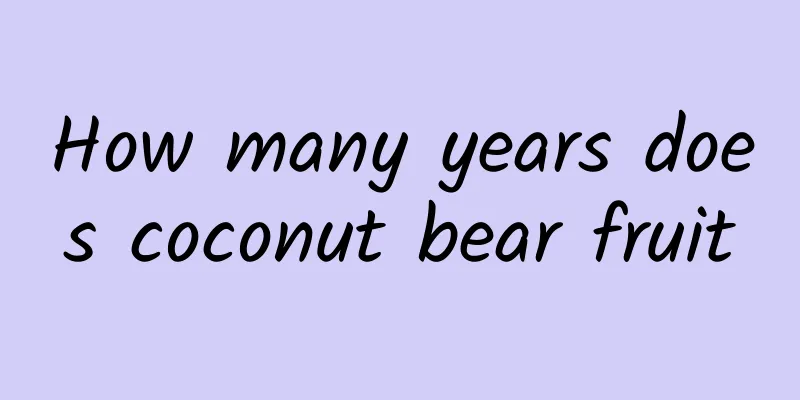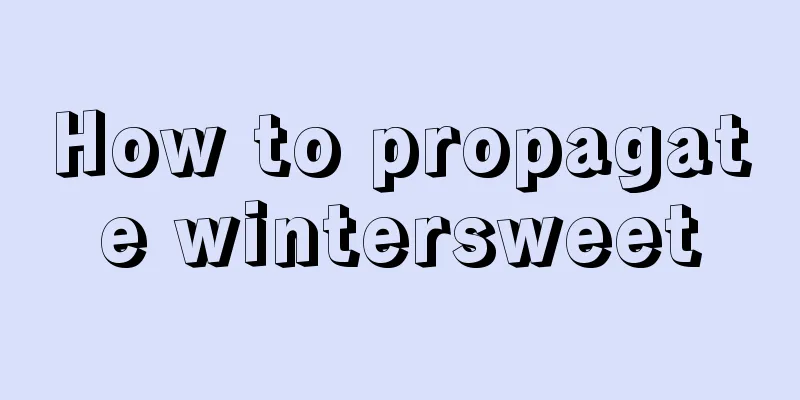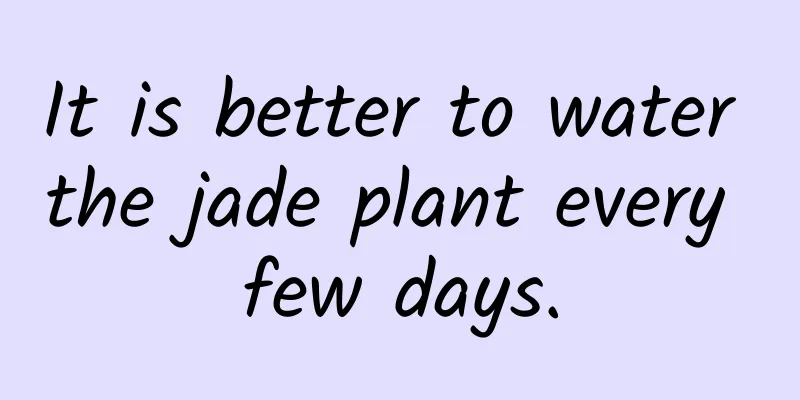How to use potassium dihydrogen phosphate foliar fertilizer

|
Potassium dihydrogen phosphate is a high-quality foliar fertilizer that can not only quickly replenish the phosphorus and potassium elements needed for crop growth, but also improve the crop's stress resistance and yield, and improve crop quality. It is a very wide range of nutrients in agricultural planting. So how to use potassium dihydrogen phosphate as foliar fertilizer? Let’s learn more about it below. 1. Use concentration The concentration of potassium dihydrogen phosphate used is 0.1%-0.3%, that is, 15-45g of potassium dihydrogen phosphate is added to 15kg of water. The amount of solution sprayed per mu each time is 30-50kg. Spray once every 10-15 days, and 2-3 sprayings are appropriate. However, when spraying cereal crops in the middle and late stages, even a high concentration of 0.5-1.0% can be used, that is, 75-150g mixed with 15kg of water. Just follow the instructions for spraying. 2. Usage time The spraying time is before 10 am or after 5 pm or all day on cloudy days. If it rains within 1 hour after spraying, you should spray again. If the adsorption capacity is strong, no re-spraying is required. 3. Specific usage (1) Fruit trees, such as apples, peaches, pears, and citrus: spray once during the initial flowering and young fruiting stages, using 100 grams of potassium dihydrogen phosphate per mu mixed with 50 kilograms of water; spray 2-4 times during the swelling stage, using 100 grams of potassium dihydrogen phosphate per mu mixed with 50 kilograms of water each time. (2) Vegetables , such as cucumbers, tomatoes, beans, eggplants, etc.: spray twice from planting to the pre-flowering stage, using 20-30 grams per mu each time and diluting with 15 kg of water; spray once every 7 days after fruit setting, using 20 grams per mu each time and diluting with 15 kg of water. (3) Wheat: Spray potassium dihydrogen phosphate before greening, during jointing, heading, flowering and filling stages. Apply 100-200 grams per mu each time, diluted with 50 kg of water. (4) Rice: Spray once at the tillering stage, jointing stage, and heading stage. The dosage is 100 grams per mu each time with 50 kilograms of water. (5) Corn: Spray potassium dihydrogen phosphate on corn after seedlings are established and during the jointing stage. The dosage is 100-150 grams per mu each time, mixed with 30-50 kilograms of water. 4. Notes (1) Avoid mixing with alkaline pesticides or fertilizers to avoid reducing the effect. (2) Avoid using it with products containing copper ions, as it will react with copper ions to form precipitates. (3) Avoid high temperature periods when using high concentrations. (4) When spraying, focus on the back of the leaves to ensure that they are moist but not dripping. (5) Store in a cool and dry place away from moisture. The above is an introduction to the use of foliar fertilizer potassium dihydrogen phosphate. In actual application, the concentration and dosage should be adjusted according to factors such as crop type, growth stage, soil conditions, etc. to achieve the best fertilizer effect.
|
<<: How to process sheep manure into organic fertilizer?
>>: Which type of foliar fertilizer is best for rice?
Recommend
Fruit tree planting management guide in September
September, which is early autumn, is a critical p...
What fertilizer is better for cycads? What fertilizer should be applied to make cycads grow faster and more luxuriantly?
The lifespan of a cycad tree is one or two years,...
Can grapes be hydroponically cultivated? Methods of hydroponically cultivating grapes
Can grapes be grown hydroponically? Grapes can be...
How to divide cymbidium orchids into pots and when and how to divide them into pots
The best time to divide cymbidium The best time t...
How to graft cactus with fairy finger? Which cactus variety is best?
1. How to graft cactus with fairy finger 1. Prepa...
Who still buys flowers nowadays? You can plant a big garden by picking up some leftovers!
1. Radish 1. Choose healthy and fresh radishes, e...
Eggplant high-yield pruning method
Eggplant has a long growth cycle. If the distribu...
How to make banana peels into fertilizer for flowers
1. Making liquid fertilizer 1. Collect banana pee...
He threw the succulent plants into the water, and they burst out of the pot, even more so than those grown outdoors!
hydroponic root succulent 1. Prepare a transparen...
When is the right time to sow cotton?
Cotton sowing time Cotton is an annual plant of t...
How to water the three-edged arrow
Watering tips for triangular arrowhead The three-...
Flowers that represent hope
1. Green Mandala The flower language of green man...
Can roses be hydroponically propagated? How to root them in water?
1. Can roses be grown hydroponically? Roses can b...
How to grow Acer truncatum
1. Breeding environment 1. Soil: Loose, well-drai...
What are the benefits of growing tiger skin plant at home? Is tiger skin plant easy to maintain?
1. The benefits of raising them at home 1. Orname...









